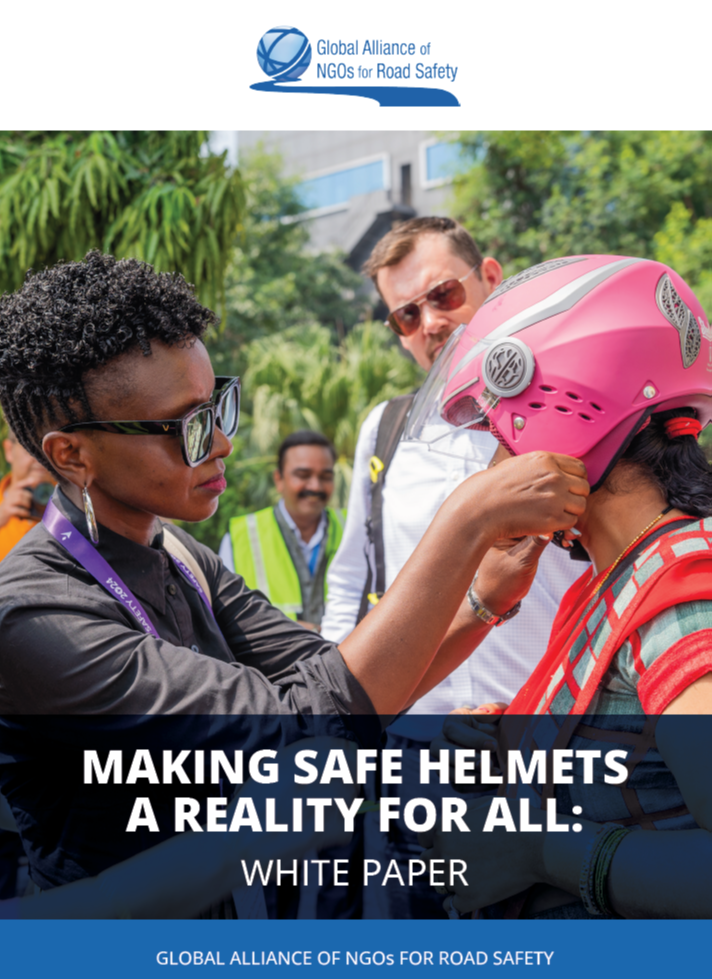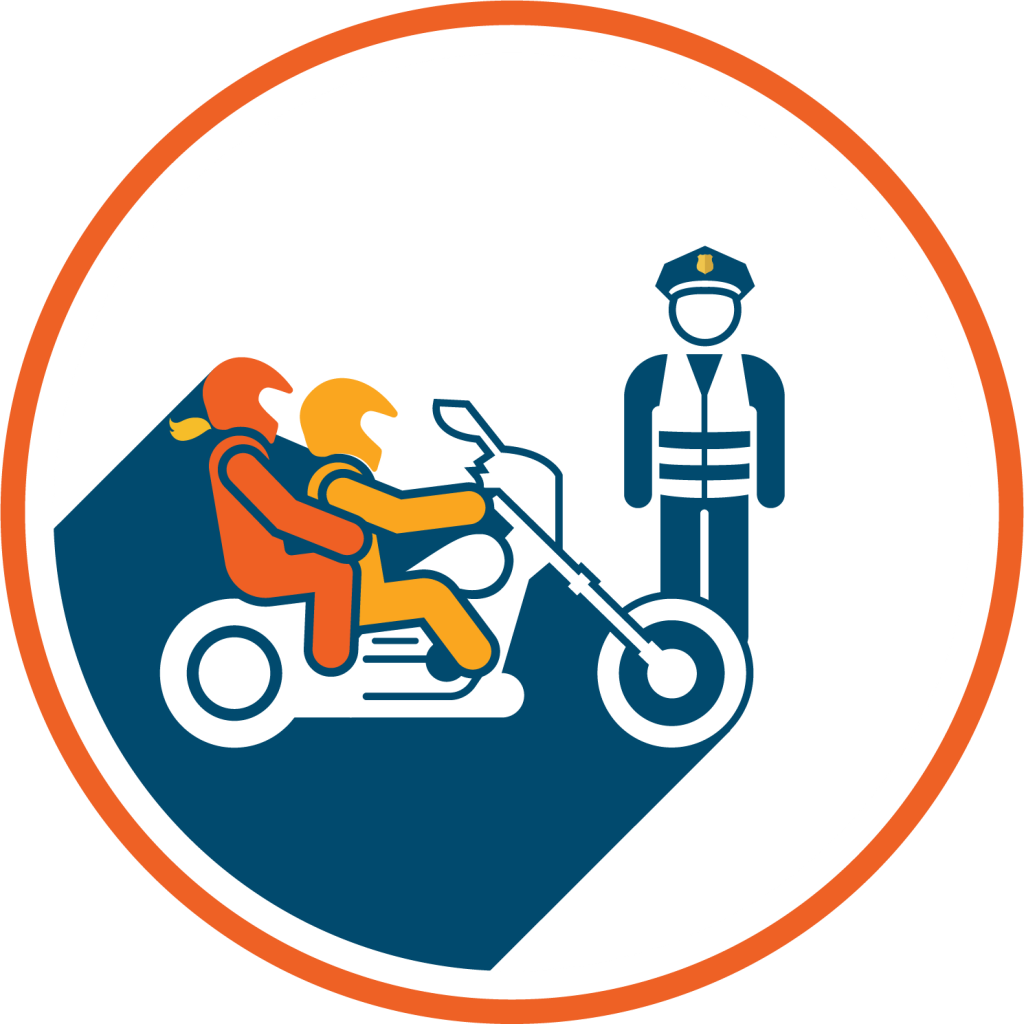Safe helmets save lives but not all helmets are safe ones.
Motorcycles have become more than just a means of transportation. They are a symbol of economic empowerment, enabling access to jobs, education, and other opportunities. This means that guaranteed access to safe helmets is a basic need for countries’ economic growth and for people’s rights. Access to safe and affordable helmets for all riders goes beyond road safety: it is relevant to the whole SDG agenda.
Ensuring safe motorcycle helmets through appropriate laws, enforcement, and promotion is among one of five Priority Interventions defined by the Alliance in its Accountability Toolkit, a set of tools designed to equip NGOs to keep their governments accountable for reducing road deaths and injuries.
We set out to explore the realities faced by motorcycle riders and the solutions needed to ensure that every helmet for every rider in every country is a safe one. Our findings are set out in a white paper Making Safe Helmets a Reality for All. The white paper is informing a series of other tools and activities to support NGOs in advocacy calling on governments, private sector, and other system operators to eliminate unsafe helmets from the market.
Click on the links below to get started and join our call for action.

Our white paper is the cornerstone of our helmet advocacy. Based on community consultations, key informant interviews, and desk research, it explores the challenges riders face in choosing a safe helmet and offers some solutions to address those hurdles.

We took helmets purchased from local shops in different countries to be tested at an ISO-certified laboratory. Find out what tests were carried out, how the helmets performed, and what consequences users would face when wearing them.

These video stories show that access to safe helmets is about people and about their right to be safe. NGOs in Kenya, Nepal, and Mexico interviewed motorcyclists in Kenya, Nepal, and Mexico on their experience of helmets.
In the white paper, we refer to “safe helmets” or “standard helmets.” Safe helmets are standard helmets — certified to a recognized national or international standard enshrined in law and tested by an independent third-party ISO-17025-accredited laboratory.
Any helmets not meeting these criteria are considered unsafe. By this, we mean helmets that do not meet any recognized safety standards and are not tested by an independent third-party ISO-17025-accredited laboratory. Some nonstandard helmets simply lack certification; they are designed to be used as helmets but have not been designed, manufactured, or tested to achieve a recognized safety standard. Others — counterfeit helmets — mimic certified models but use inferior materials and fake certification labels, misleading riders into believing they are safe. Also available are novelty helmets, made of thin plastic, that lack the energy-absorbing expanded polystyrene (EPS) liner used in safe helmets and are often marketed as fashion accessories or toys. All forms of nonstandard helmets are unsafe helmets. In this white paper, they are referred to as either “nonstandard” or “unsafe.”

Our Priority Intervention calls for governments to implement comprehensive helmet laws that mandate the correct use of standard helmets by all motorcycle riders. It sets out the evidence-base and provides examples of successful implementation in different countries.